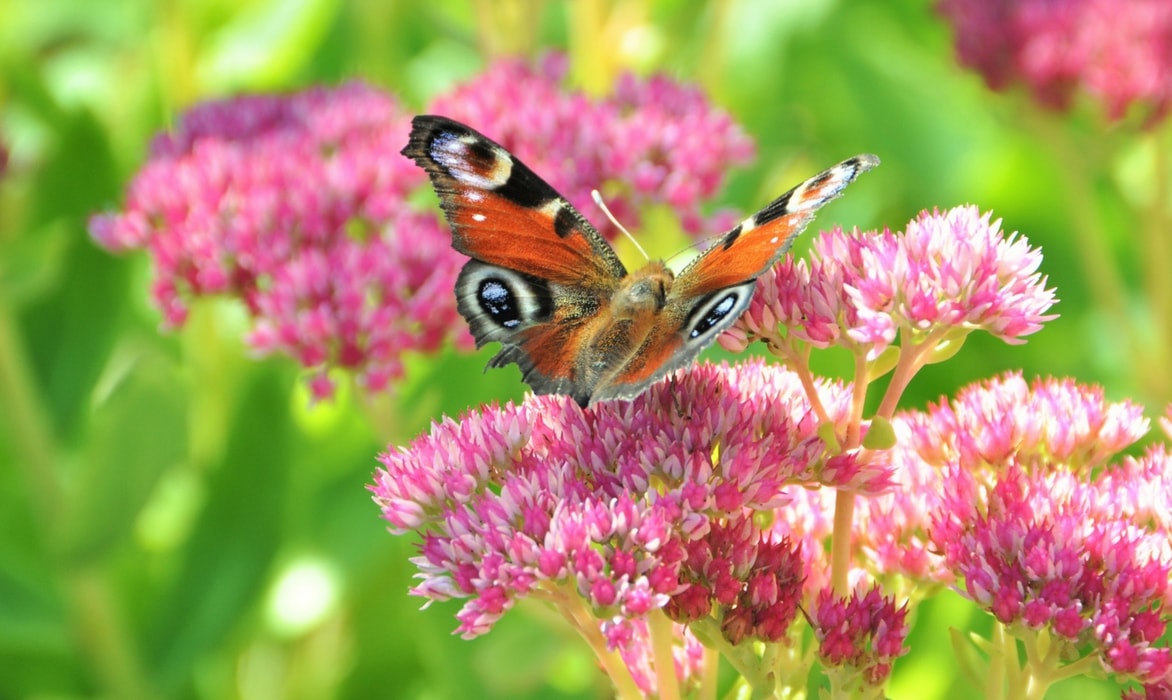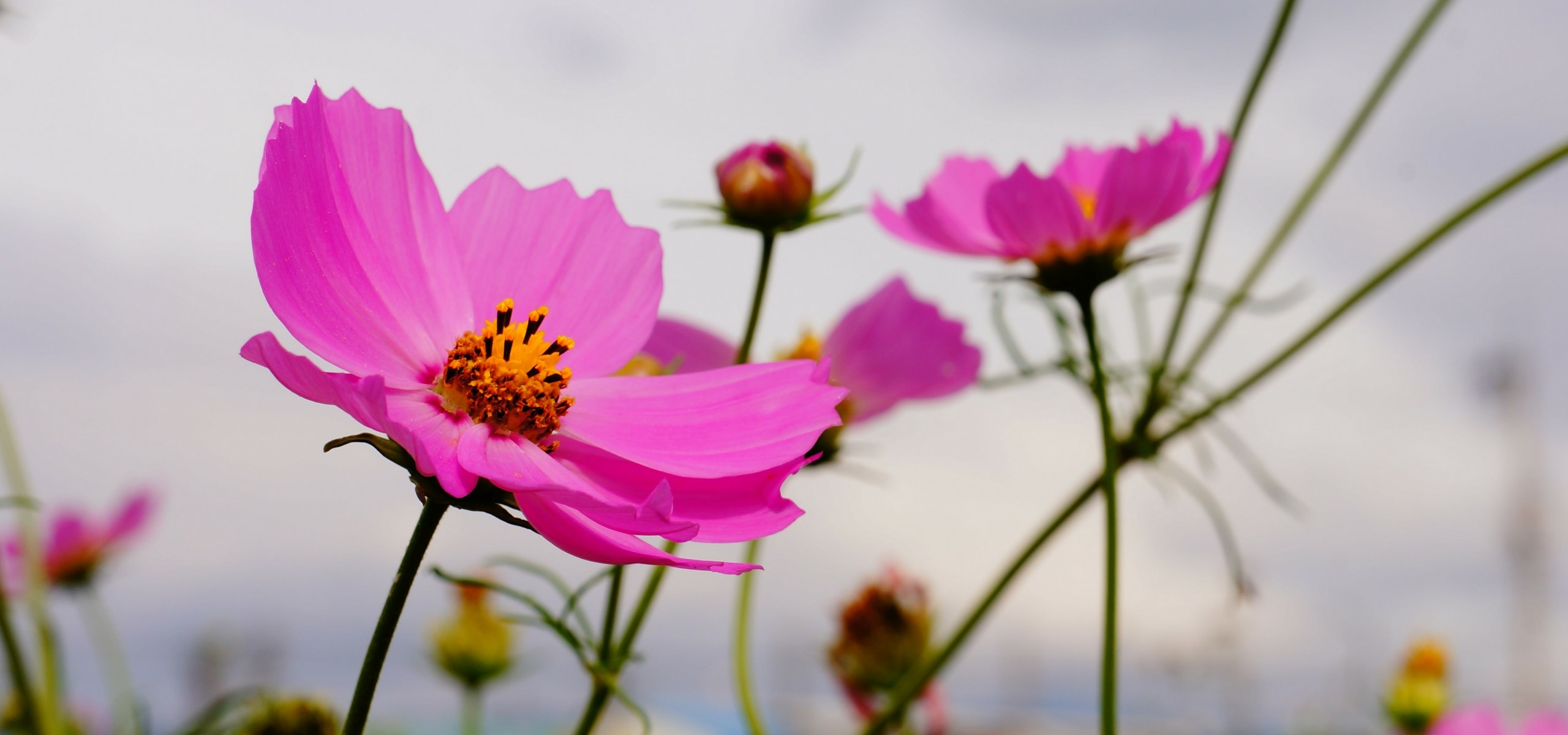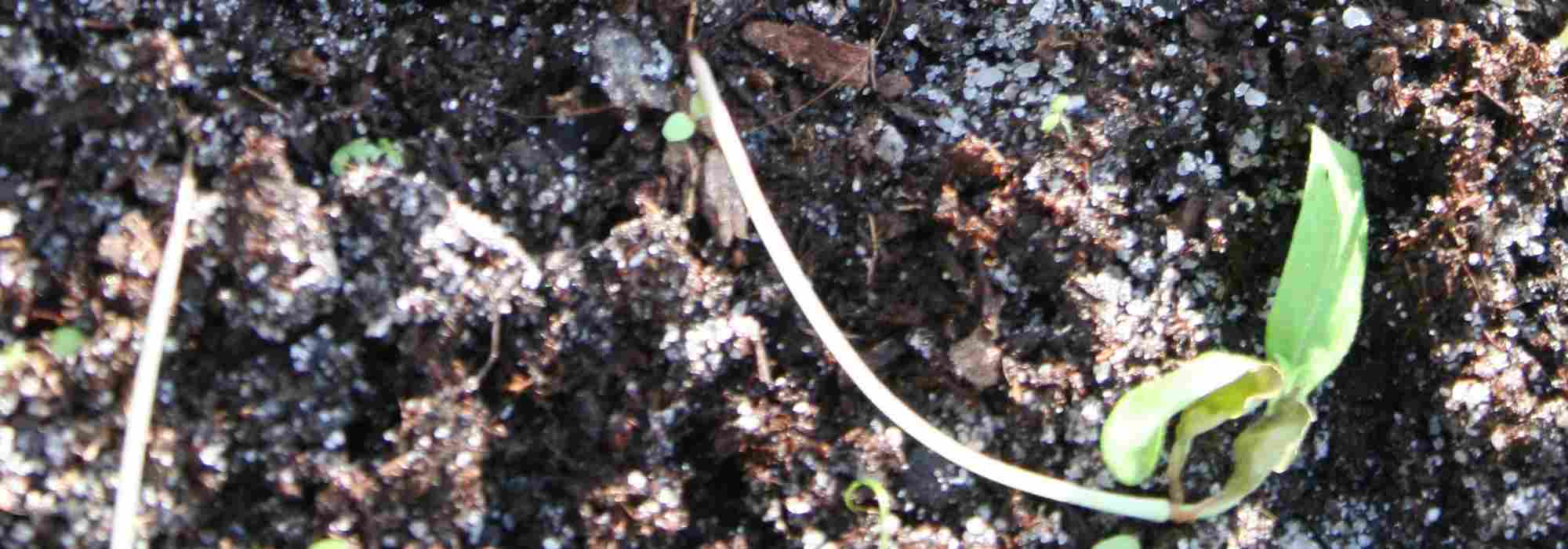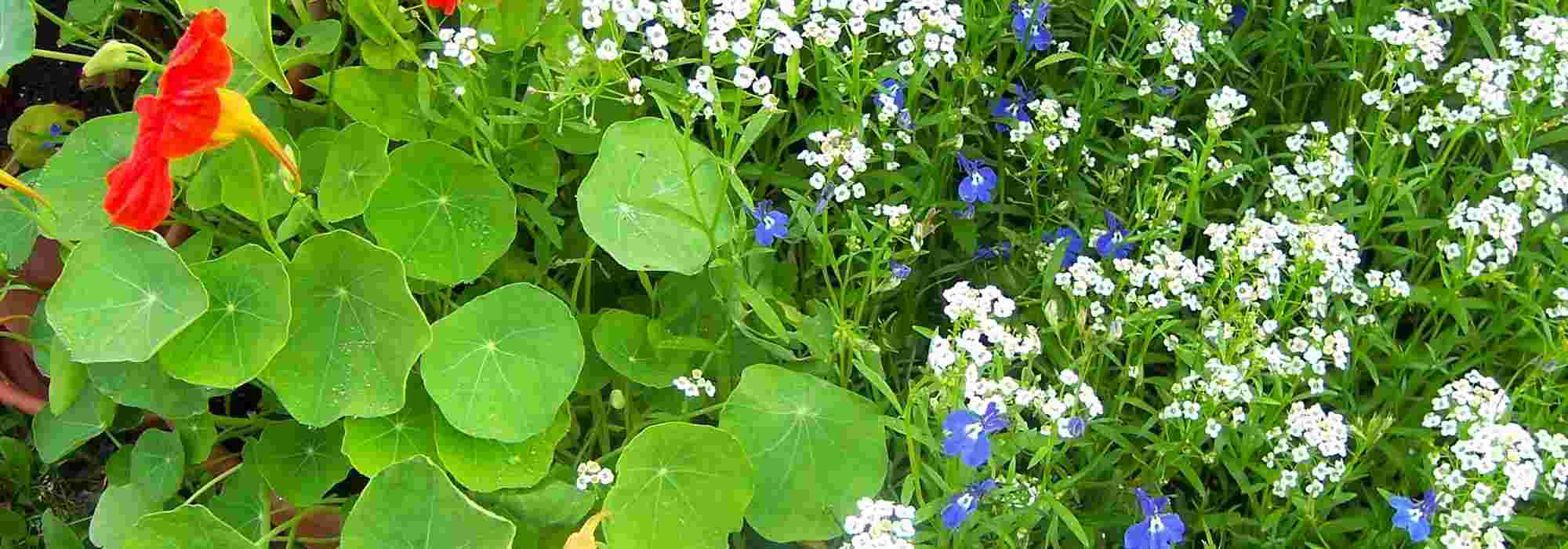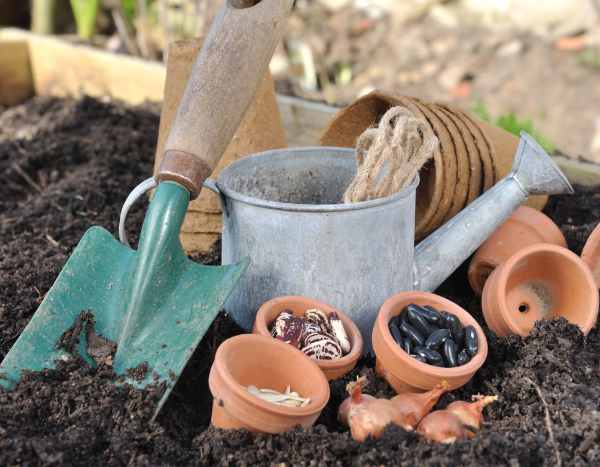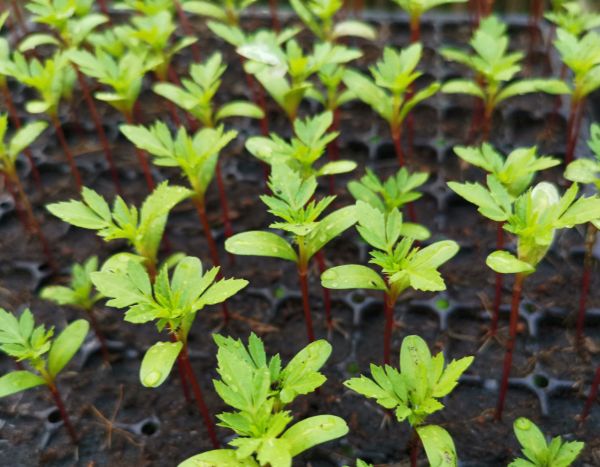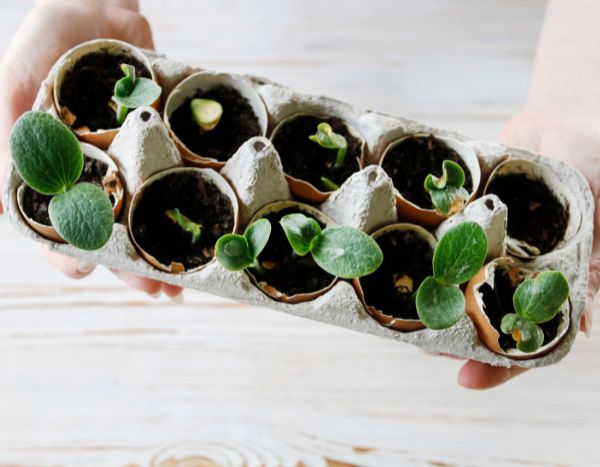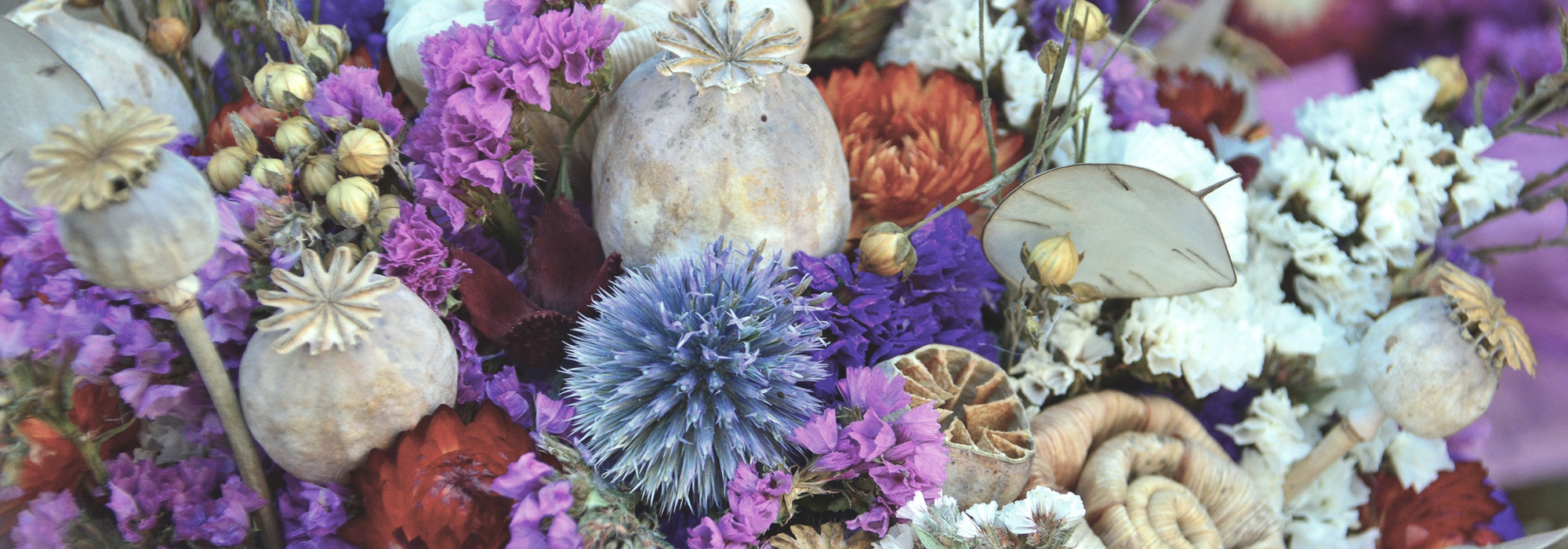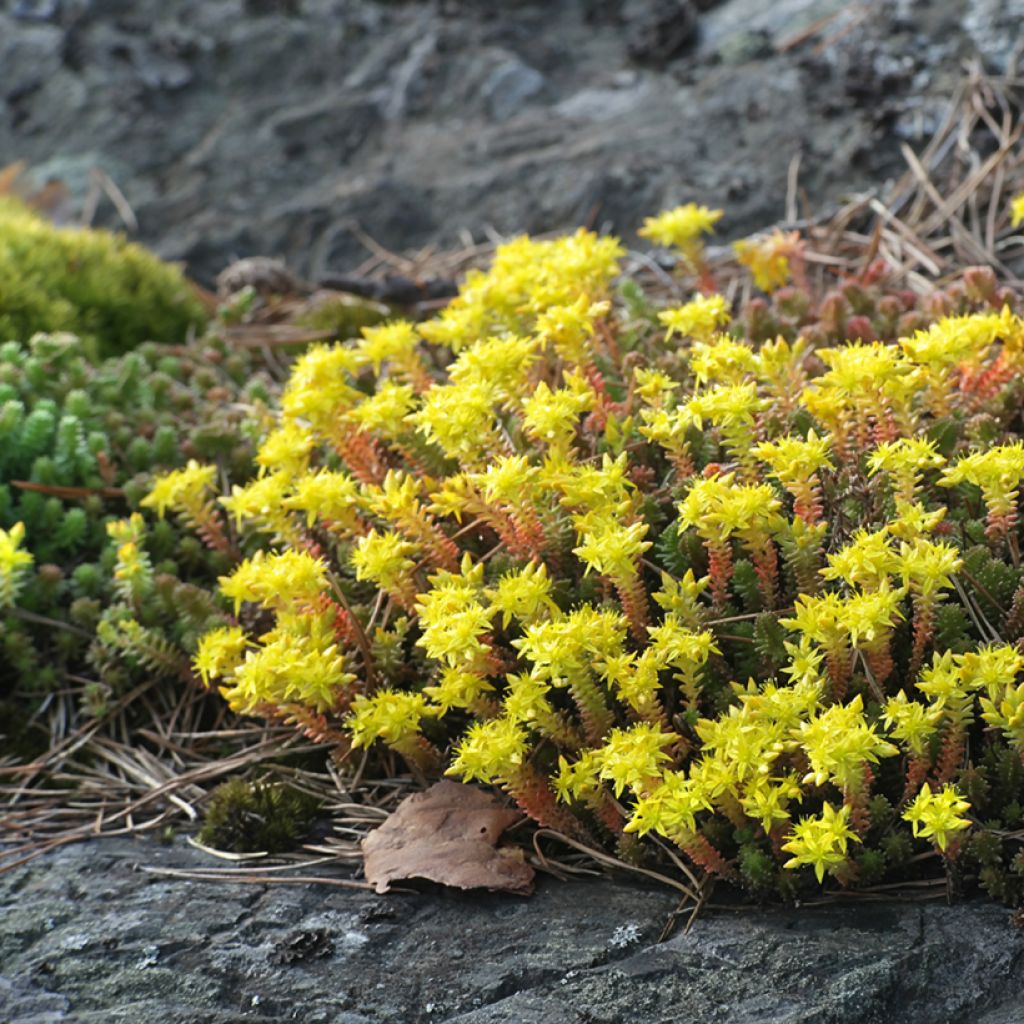

Sedum acre seeds - Stonecrop
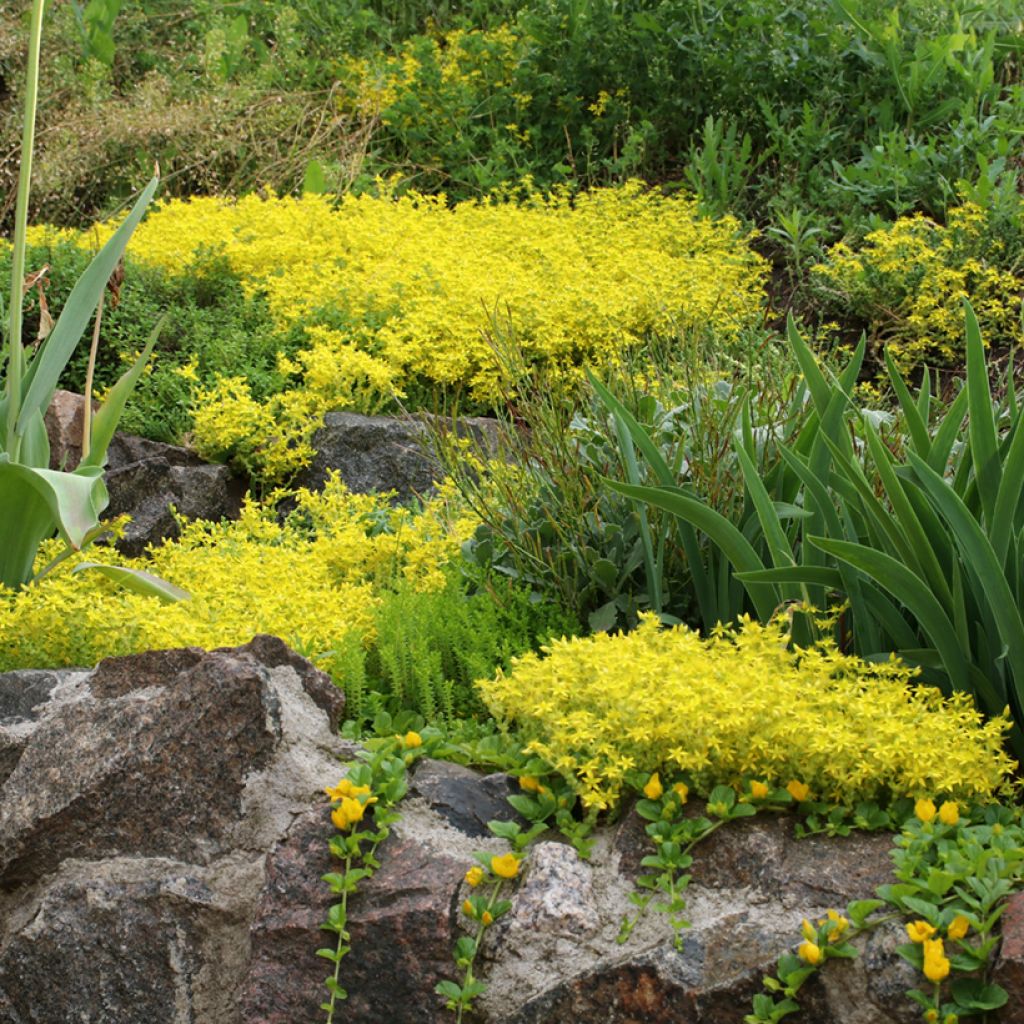

Sedum acre seeds - Stonecrop
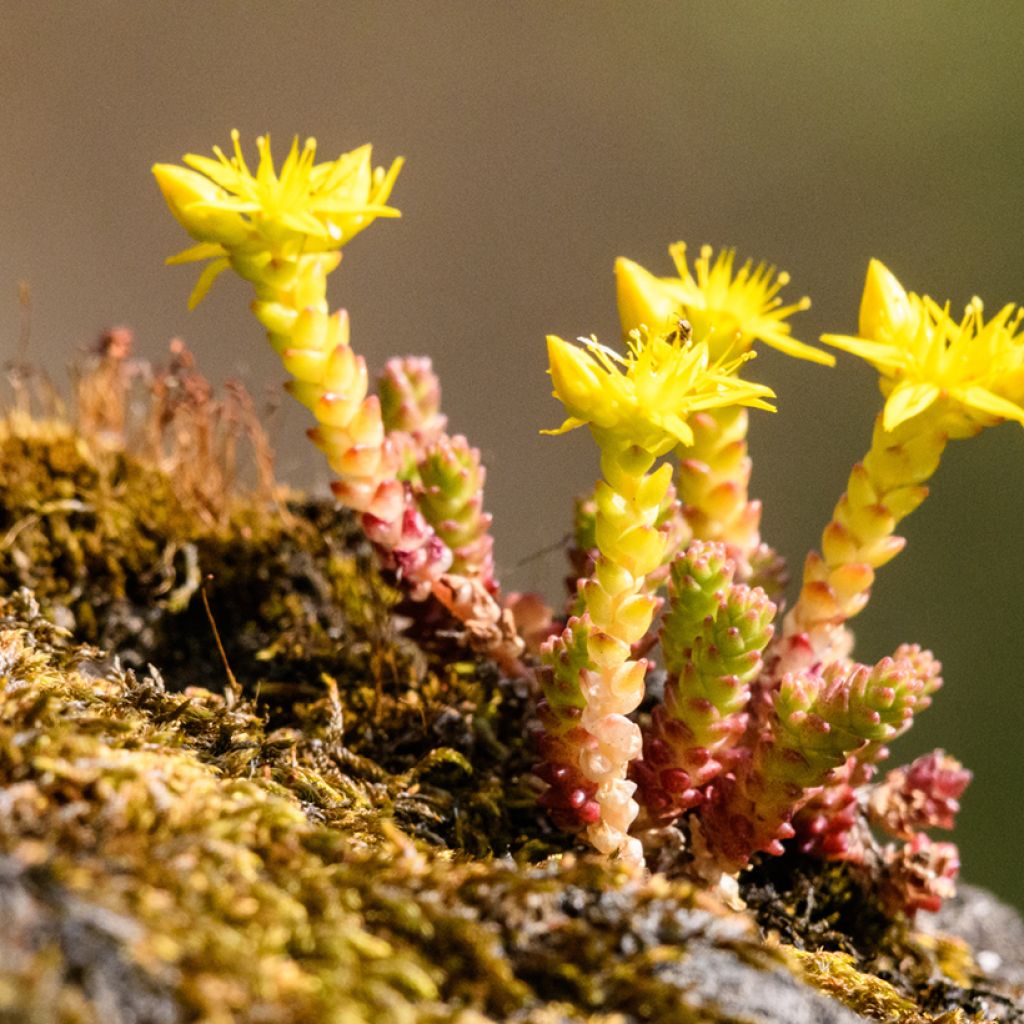

Sedum acre seeds - Stonecrop
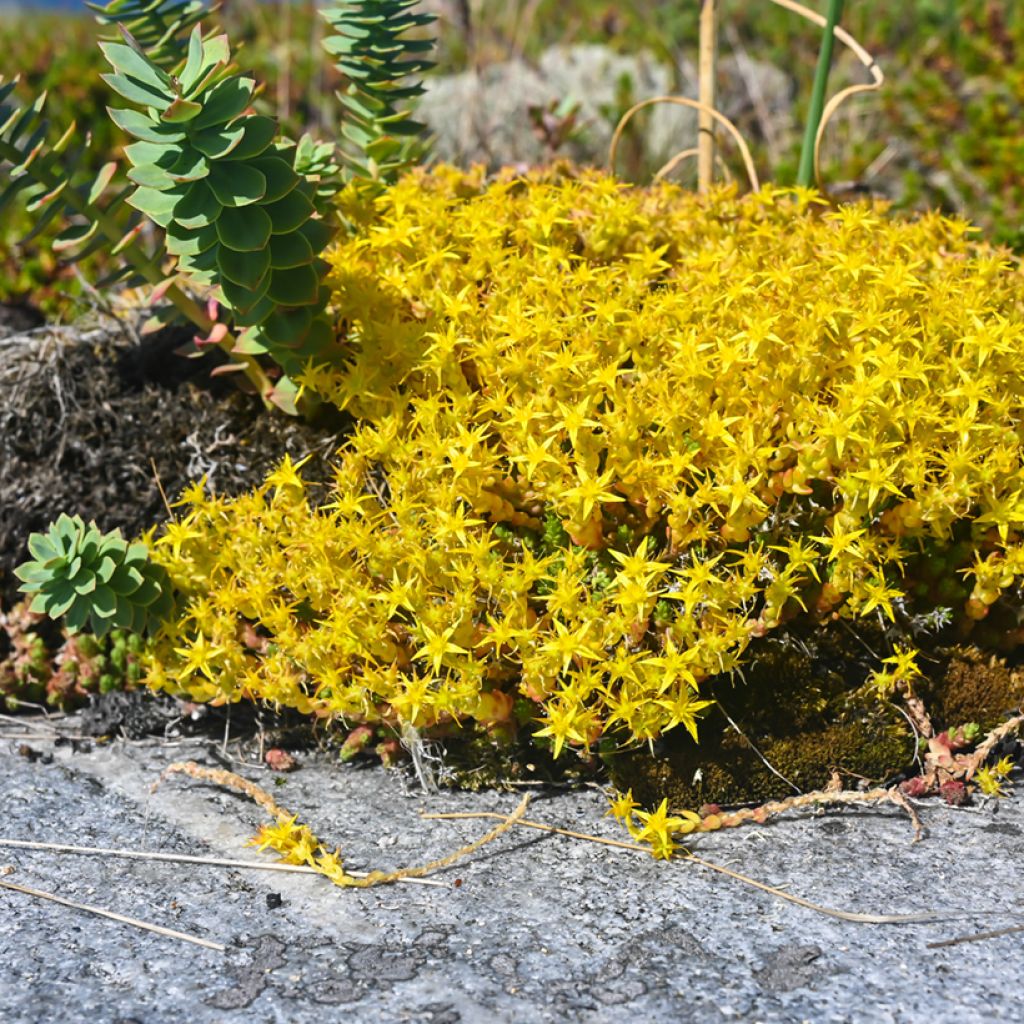

Sedum acre seeds - Stonecrop
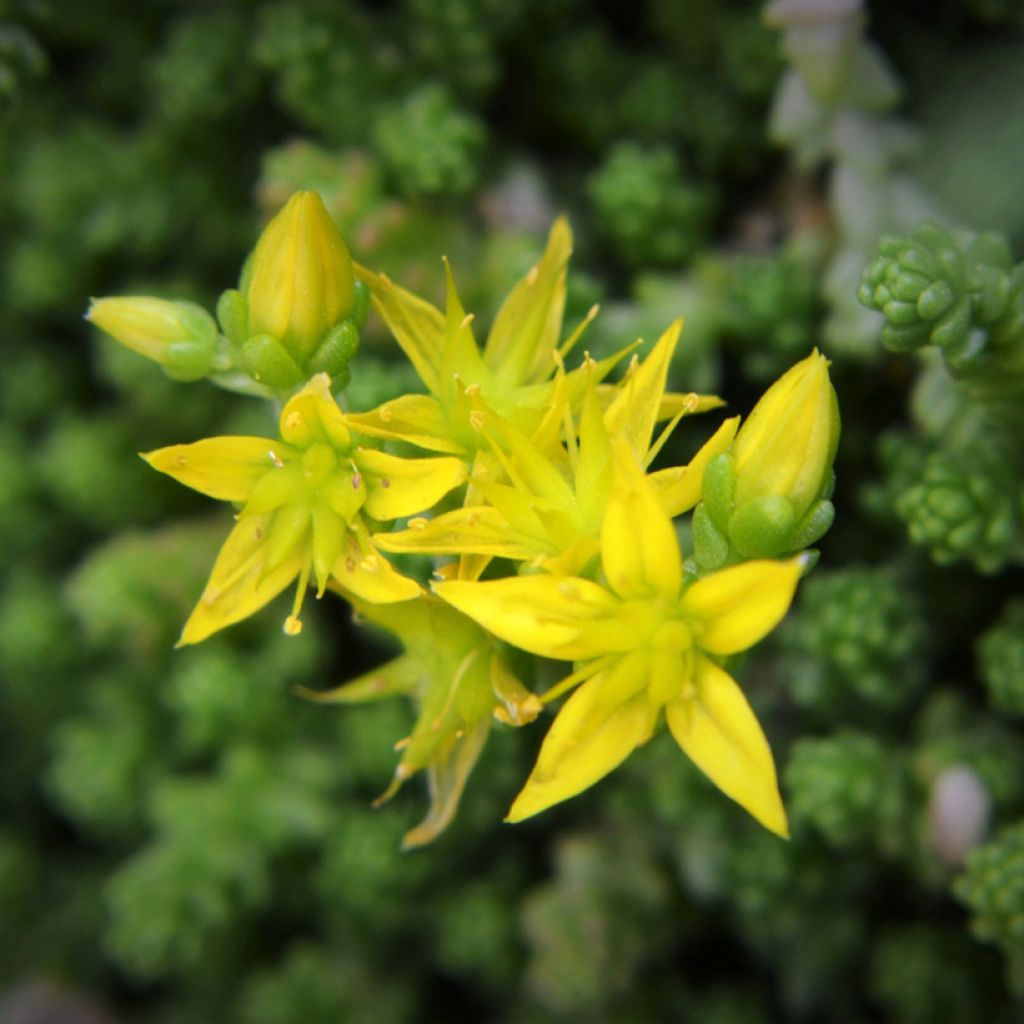

Sedum acre seeds - Stonecrop
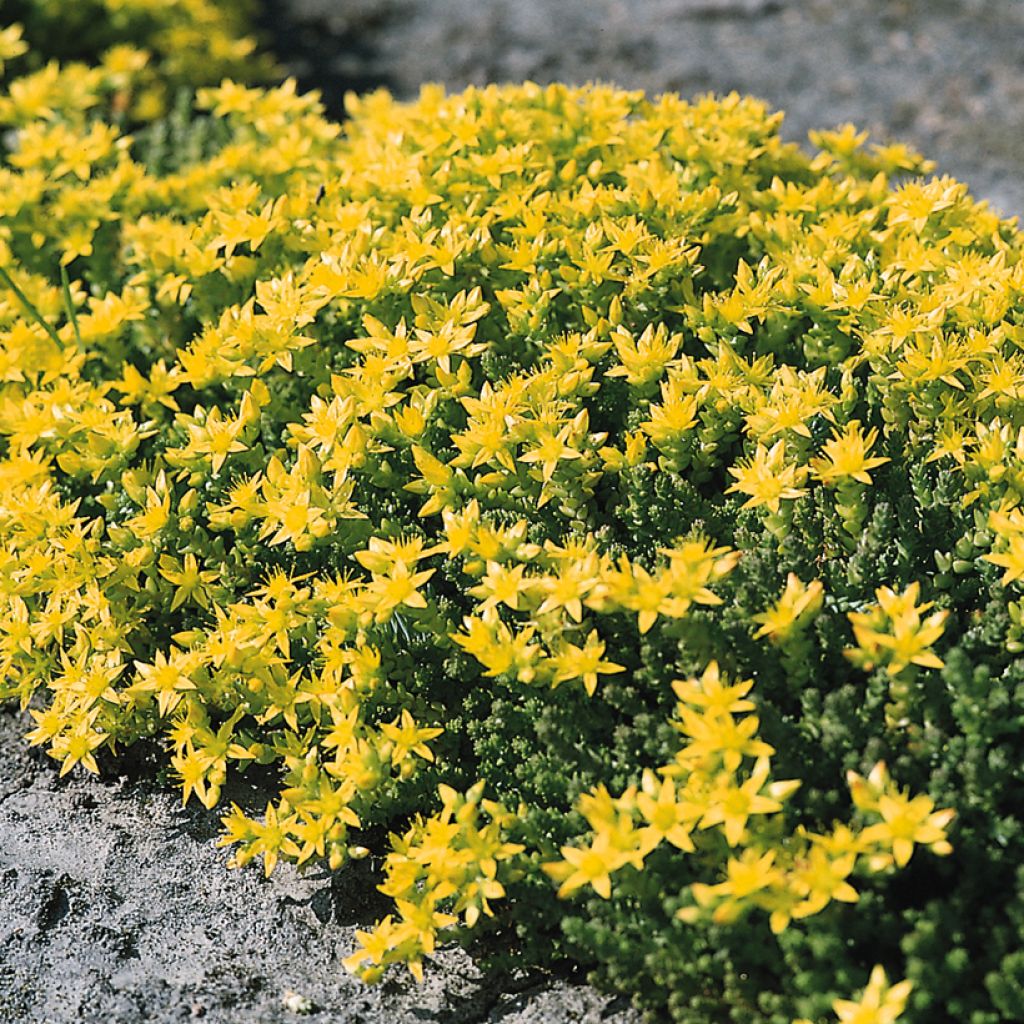

Sedum acre seeds - Stonecrop
Sedum acre seeds - Stonecrop
Sedum acre
Biting Stonecrop, Goldmoss Stonecrop, Mossy Stonecrop, Wall-Pepper
Special offer!
Receive a €20 voucher for any order over €90 (excluding delivery costs, credit notes, and plastic-free options)!
1- Add your favorite plants to your cart.
2- Once you have reached €90, confirm your order (you can even choose the delivery date!).
3- As soon as your order is shipped, you will receive an email containing your voucher code, valid for 3 months (90 days).
Your voucher is unique and can only be used once, for any order with a minimum value of €20, excluding delivery costs.
Can be combined with other current offers, non-divisible and non-refundable.
Home or relay delivery (depending on size and destination)
Schedule delivery date,
and select date in basket
This plant carries a 6 months recovery warranty
More information
We guarantee the quality of our plants for a full growing cycle, and will replace at our expense any plant that fails to recover under normal climatic and planting conditions.
Would this plant suit my garden?
Set up your Plantfit profile →
Description
Sedum acre, also known as Yellow Stonecrop, Wall Pepper, Sharp Stonecrop, or Biting Stonecrop, is a small low-growing succulent perennial plant, particularly suited to dry and sunny environments. Thanks to its robustness and its ability to colonise dry lands, it is perfect for rockeries, walls, or even green roofs. Its bright yellow flowers, loved by pollinating insects, bring a touch of vivid colour in summer.
Belonging to the Crassulaceae family, Stonecrops are among the best plants for shallow and poor soil. They thrive in stony, rocky, and sunny lands. They are hardy perennials (-15°C and below), low-maintenance, and beneficial for biodiversity.
Sedum acre belongs to the Crassulaceae family, it is a botanical species native to Europe, North Africa, and Western Asia. It mainly grows in dry rocky and limestone environments, sometimes up to 1500 m altitude. This fast-growing succulent plant forms a dense carpet 10 to 15 cm high. Its creeping stems, often red, bear very small, thick, fleshy, and overlapping, bright green leaves, which turn reddish under strong sun exposure. This foliage remains decorative in winter. The small star-shaped flowers appear in June and July. They are bright yellow and arranged in spikes at the top of the erect stems. These flowers attract bees and other pollinators. The fruits are small capsules containing tiny seeds.
Sedum acre is an excellent choice for quickly covering arid areas such as rockeries, paving joints, or walls. Resistant to drought, yellow stonecrop also tolerates challenging conditions like sea winds and urban pollution. It can be combined with other plants for dry or well-drained soils, such as Sedum spurium ‘Dragon's Blood’ for a colour contrast, Thymus serpyllum 'Magic Carpet' (Creeping Thyme), Alyssum montanum 'Berggold' (Gold Dust) or even Sempervivum tectorum (Houseleek). These combinations create a resilient, flowery, and drought-tolerant setting.
Sedum acre seeds - Stonecrop in pictures




Flowering
Foliage
Plant habit
Botanical data
Sedum
acre
Crassulaceae
Biting Stonecrop, Goldmoss Stonecrop, Mossy Stonecrop, Wall-Pepper
Middle East
Planting and care
Sowing Sedum acre (Stonecrop) is simple but slow. It is recommended to sow on the surface in a tray or a pot filled with a light, well-drained, and slightly moist substrate, such as a seed compost or soil lightened with sand. Do not cover the seeds as they need light to germinate. To maintain constant moisture, gently spray or place the container on a saucer of water for base watering. Germination can take 2 to 4 weeks at temperatures of 18 to 22°C. Using a protective cloche or transparent plastic film can help maintain humidity. Once the young plants are large enough, transplant them gently spacing them about 6 to 12 cm apart, depending on the desired speed of ground cover.
Cultivation:
Sedum acre prefers a sunny exposure and well-drained soil, preferably poor to moderately fertile. It also tolerates sandy and rocky soils, with a neutral to slightly alkaline pH. This plant is extremely drought-tolerant, requiring very little watering once established. Avoid excess moisture to prevent root rot. No fertiliser is necessary, as overly rich soil could make the plant floppy.
Sowing period
Intended location
Planting & care advice
This item has not been reviewed yet - be the first to leave a review about it.
Haven't found what you were looking for?
Hardiness is the lowest winter temperature a plant can endure without suffering serious damage or even dying. However, hardiness is affected by location (a sheltered area, such as a patio), protection (winter cover) and soil type (hardiness is improved by well-drained soil).

Photo Sharing Terms & Conditions
In order to encourage gardeners to interact and share their experiences, Promesse de fleurs offers various media enabling content to be uploaded onto its Site - in particular via the ‘Photo sharing’ module.
The User agrees to refrain from:
- Posting any content that is illegal, prejudicial, insulting, racist, inciteful to hatred, revisionist, contrary to public decency, that infringes on privacy or on the privacy rights of third parties, in particular the publicity rights of persons and goods, intellectual property rights, or the right to privacy.
- Submitting content on behalf of a third party;
- Impersonate the identity of a third party and/or publish any personal information about a third party;
In general, the User undertakes to refrain from any unethical behaviour.
All Content (in particular text, comments, files, images, photos, videos, creative works, etc.), which may be subject to property or intellectual property rights, image or other private rights, shall remain the property of the User, subject to the limited rights granted by the terms of the licence granted by Promesse de fleurs as stated below. Users are at liberty to publish or not to publish such Content on the Site, notably via the ‘Photo Sharing’ facility, and accept that this Content shall be made public and freely accessible, notably on the Internet.
Users further acknowledge, undertake to have ,and guarantee that they hold all necessary rights and permissions to publish such material on the Site, in particular with regard to the legislation in force pertaining to any privacy, property, intellectual property, image, or contractual rights, or rights of any other nature. By publishing such Content on the Site, Users acknowledge accepting full liability as publishers of the Content within the meaning of the law, and grant Promesse de fleurs, free of charge, an inclusive, worldwide licence for the said Content for the entire duration of its publication, including all reproduction, representation, up/downloading, displaying, performing, transmission, and storage rights.
Users also grant permission for their name to be linked to the Content and accept that this link may not always be made available.
By engaging in posting material, Users consent to their Content becoming automatically accessible on the Internet, in particular on other sites and/or blogs and/or web pages of the Promesse de fleurs site, including in particular social pages and the Promesse de fleurs catalogue.
Users may secure the removal of entrusted content free of charge by issuing a simple request via our contact form.
The flowering period indicated on our website applies to countries and regions located in USDA zone 8 (France, the United Kingdom, Ireland, the Netherlands, etc.)
It will vary according to where you live:
- In zones 9 to 10 (Italy, Spain, Greece, etc.), flowering will occur about 2 to 4 weeks earlier.
- In zones 6 to 7 (Germany, Poland, Slovenia, and lower mountainous regions), flowering will be delayed by 2 to 3 weeks.
- In zone 5 (Central Europe, Scandinavia), blooming will be delayed by 3 to 5 weeks.
In temperate climates, pruning of spring-flowering shrubs (forsythia, spireas, etc.) should be done just after flowering.
Pruning of summer-flowering shrubs (Indian Lilac, Perovskia, etc.) can be done in winter or spring.
In cold regions as well as with frost-sensitive plants, avoid pruning too early when severe frosts may still occur.
The planting period indicated on our website applies to countries and regions located in USDA zone 8 (France, United Kingdom, Ireland, Netherlands).
It will vary according to where you live:
- In Mediterranean zones (Marseille, Madrid, Milan, etc.), autumn and winter are the best planting periods.
- In continental zones (Strasbourg, Munich, Vienna, etc.), delay planting by 2 to 3 weeks in spring and bring it forward by 2 to 4 weeks in autumn.
- In mountainous regions (the Alps, Pyrenees, Carpathians, etc.), it is best to plant in late spring (May-June) or late summer (August-September).
The harvesting period indicated on our website applies to countries and regions in USDA zone 8 (France, England, Ireland, the Netherlands).
In colder areas (Scandinavia, Poland, Austria...) fruit and vegetable harvests are likely to be delayed by 3-4 weeks.
In warmer areas (Italy, Spain, Greece, etc.), harvesting will probably take place earlier, depending on weather conditions.
The sowing periods indicated on our website apply to countries and regions within USDA Zone 8 (France, UK, Ireland, Netherlands).
In colder areas (Scandinavia, Poland, Austria...), delay any outdoor sowing by 3-4 weeks, or sow under glass.
In warmer climes (Italy, Spain, Greece, etc.), bring outdoor sowing forward by a few weeks.






























